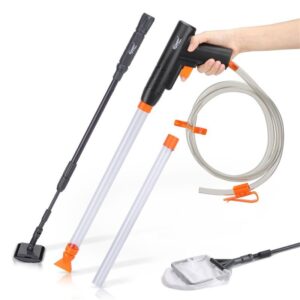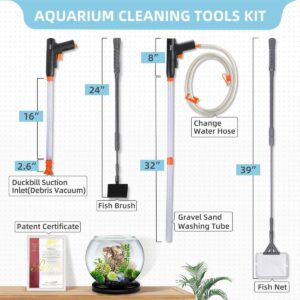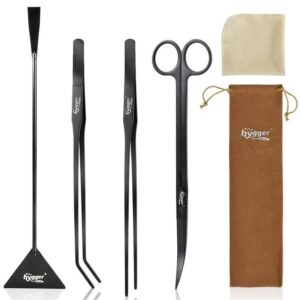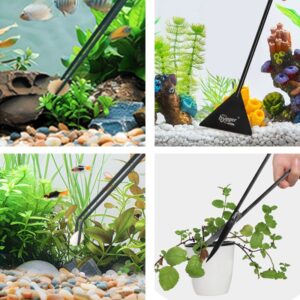Leaf Litter for An Aquarium – Will It Anti Fungus
Aquarium owners who are familiar with leaf litter are likely to agree that this is one of the most beneficial types of aquarium supplies you can use in your tank. It comes from real plants and trees, which means it has many properties that will benefit your aquatic friends when added to their environment. In this article, we’ll make a comprehensive discussion on leaf litter for aquariums.
Leaf litter for aquarium
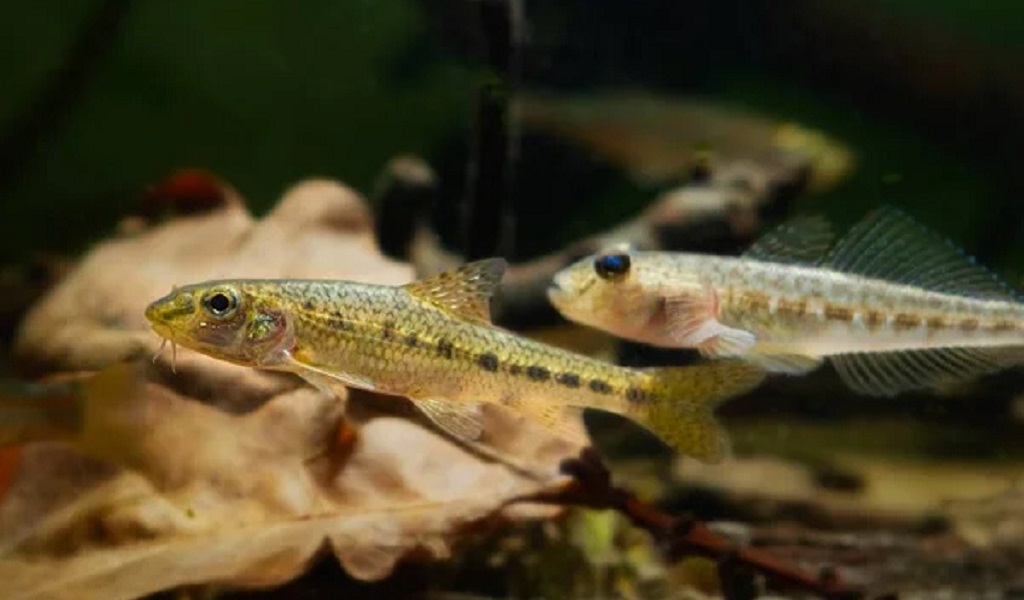
Leaf litter in aquarium
Natural leaf litter for aquariums is created by taking natural plant matter and placing it in a tank. This organic material will decompose and provide additional nutrients for plants as well as microorganisms within your fish tank. In addition, decaying leaves provide beneficial bacteria, which help to naturally break down harmful waste products into less harmful ones that are more easily removed by water changes. Most importantly, however, adding leaf litter helps give your aquarium a more natural feel while providing many benefits that aren’t found with artificial alternatives.
Different types of leaf litter for aquarium
1. Alder Cone
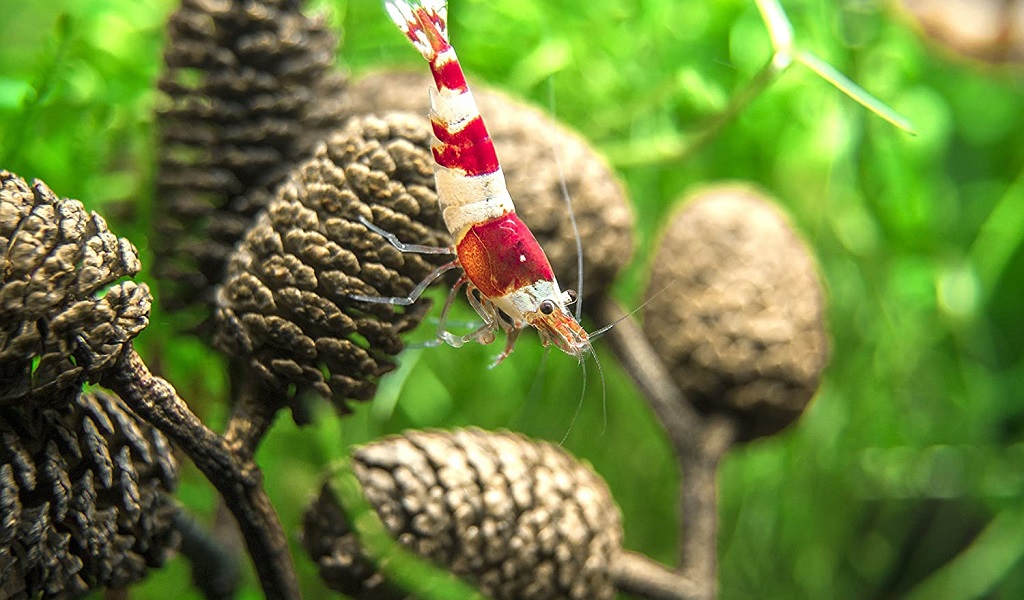
Alder Cone
It can be an excellent addition to your aquarium and is especially useful for planted tanks. They provide a source of leaves and other materials for your aquatic plants to grow on, a place for fish fry to hide from predators, and some people even find them aesthetically pleasing. The types of tanks that alder cones are suitable for depend on several factors, including your knowledge level, your dedication, and your budget. In general, most people should be able to get by with a 10-gallon or larger tank. However, it’s important to keep in mind that these plants can grow quite large – upwards of 4 feet – so you may need more space than you think.
- Functions
Alder cones are not a common aquarium plant. They have, however, a special function when it comes to aquarium ecosystems. They are used to fixating nitrogen and thus they should be planted together with other plants that need nitrogen as well.
2. Indian Almond Leaf
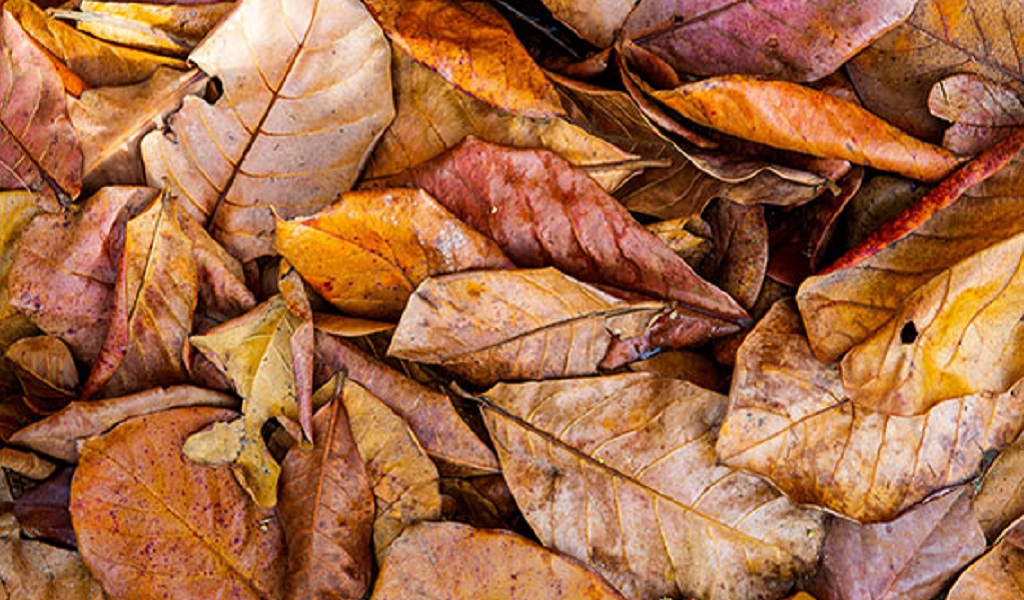
Indian Almond Leaf
In the realm of aquarium plants, there’s nothing quite like the Indian almond leaf (also known as Chempedak). This hardy plant is fairly inexpensive and requires very little maintenance to thrive. It’s one of the best options you can buy if you want to decorate aquariums with cheap live plants, which makes it an ideal option for both beginners and experienced aquarists alike. This aquatic plant is typically grown as a floating aquarium specimen, and its high nutritional value makes it particularly beneficial in diets formulated for aquarium fish or shrimp.
- Functions
The Indian almond leaf is an effective algae remover, helping you keep your tank clean and your fish happy. The best part is that it’s not just an algae remover – it also serves as a plant fertilizer. It can be used in both freshwater and saltwater aquariums.
3. Beech leaf
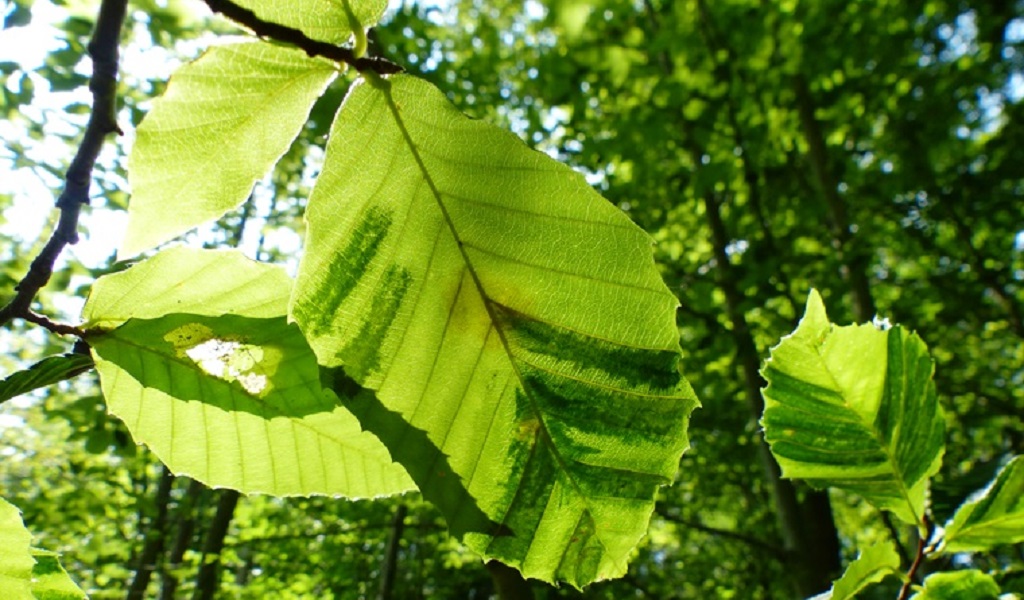
Beech leaf
The beech leaf belongs to one of the larger plants in the family Pontederiaceae, but it’s not that large, growing up to three feet tall with a similar diameter around the entire plant. It makes an excellent choice for both beginners and experienced aquarists alike. This is a tough, durable plant that can tolerate both high and low temperatures, along with poor lighting and water conditions. This plant will thrive in an aquatic environment that most plants cannot survive, making it an ideal companion for fish owners.
- Functions
The beech leaf is a natural food source. Its main function is to add beauty and variety to your aquarium. It comes in various shapes, sizes, and colors which can add aesthetic value as well as prove an interesting subject for photos.
4. Japanese Maple Leaf
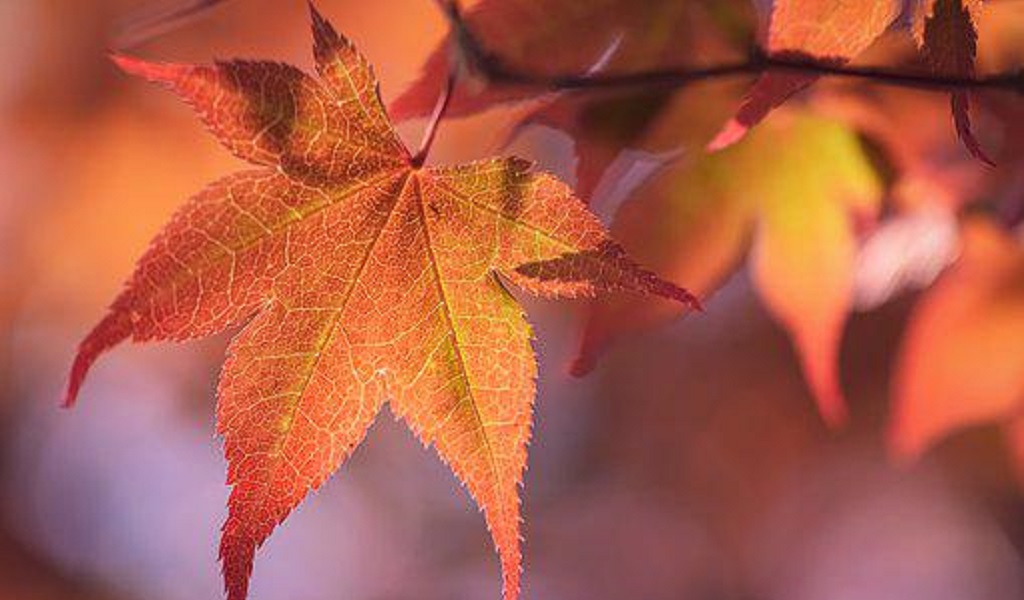
Japanese Maple Leaf
If you are looking to spruce up your aquarium, you may want to consider adding some Japanese maple leaves to the tank. While many other plant species can work in an aquarium, Japanese maple leaves are perhaps the best choice due to their vibrancy and their leaf shape and texture. They’re incredibly beautiful plants that come in all colors of red, orange, yellow, and even purple – all depending on where they are grown!
If you’re looking for something that will provide your aquarium with a natural look while lasting all year long, then consider adding a Japanese maple leaf. These types of leaves last longer than most other aquatic plants and can be used as either foreground or background items.
- Functions
It has been used for hundreds of years in traditional Asian medicine as well as for decoration purposes. Their leaves are very large and often bright green with a maple leaf shape; hence their name.
The benefits of using leaf litter in your aquarium
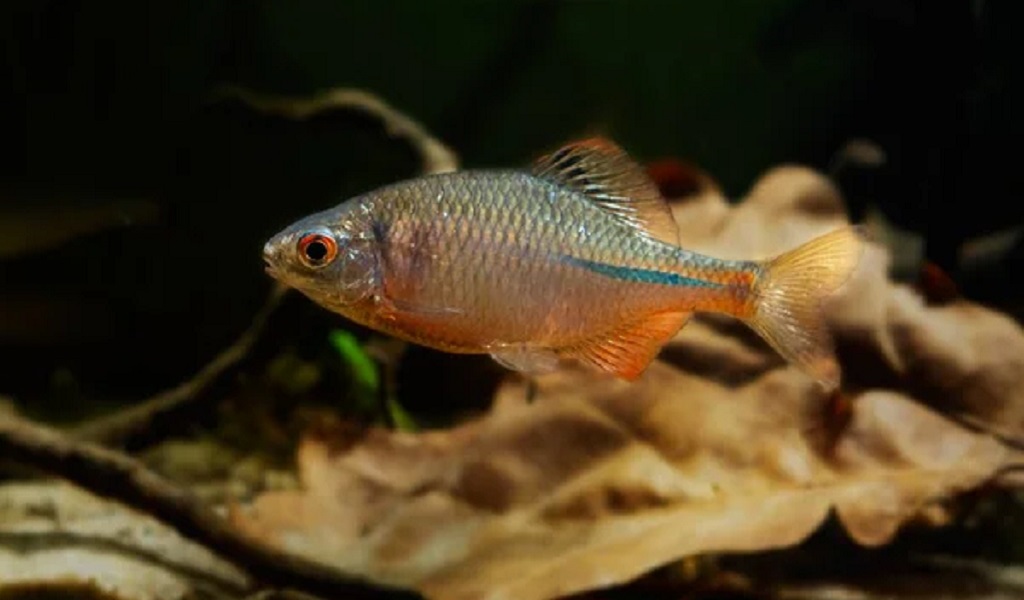
Leaf litter in aquarium
1. Improve pH
Whether you’re using a natural or artificial substrate, leaf litter tends to improve pH levels. This is one reason why leaf litter has become such a popular choice for planted tanks – in addition to improving the health of live plants, it helps keep fish happy too. The most common type of leaf litter used in aquariums is Japanese beech (Fagus japonica), but other types of beech and oak can also be useful depending on your individual needs.
2. Contains nitrogen cycle bacteria
One great benefit of using leaf litter is that it contains Nitrosomonas and Nitrobacter, which are two different types of nitrifying bacteria. These microorganisms break down waste within your aquarium, including fish food and fish waste, to create nitrites and then convert those into nitrates. This process is called the Nitrogen Cycle or the Biological Filtration Process.
Having properly cycled aquarium water with these bacteria means less work for you when it comes to maintaining your aquarium. Many aquarists prefer to use leaf litter because they don’t have to buy expensive chemical filtration media like activated carbon or ammonia removers. Instead, they can just add a handful of leaf litter every few weeks and let nature do its thing!
3. Improve filtration
The decomposition process that takes place when you introduce leaf litter into your aquarium helps to improve your filtration system. That’s because organic material and bacteria will be released into your tank water, which can help cleanse it. And as much as fish produce waste, you’ll appreciate a well-functioning filtration system. The more wastes are filtered out, the cleaner (and healthier) your tank will be for your fish. Additionally, if you have plants growing in your tank, these processes also help remove nitrates from the water by absorbing them. So overall, introducing leaf litter into your aquarium is a great way to keep things clean and healthy.
4. Provide additional oxygen through decomposition
Fresh leaves produce oxygen as they decompose. This, combined with sufficient aeration, can increase oxygen levels and enhance fish health. In addition to promoting healthy respiration, increased oxygen levels can lead to improved growth rates among aquarium inhabitants. While more oxygen is generally a good thing, be careful not to overdo it. Excess amounts can encourage algae growth and inhibit nitrification processes, resulting in undesirable water quality conditions.
Is leaf litter antifungal for your aquarium?
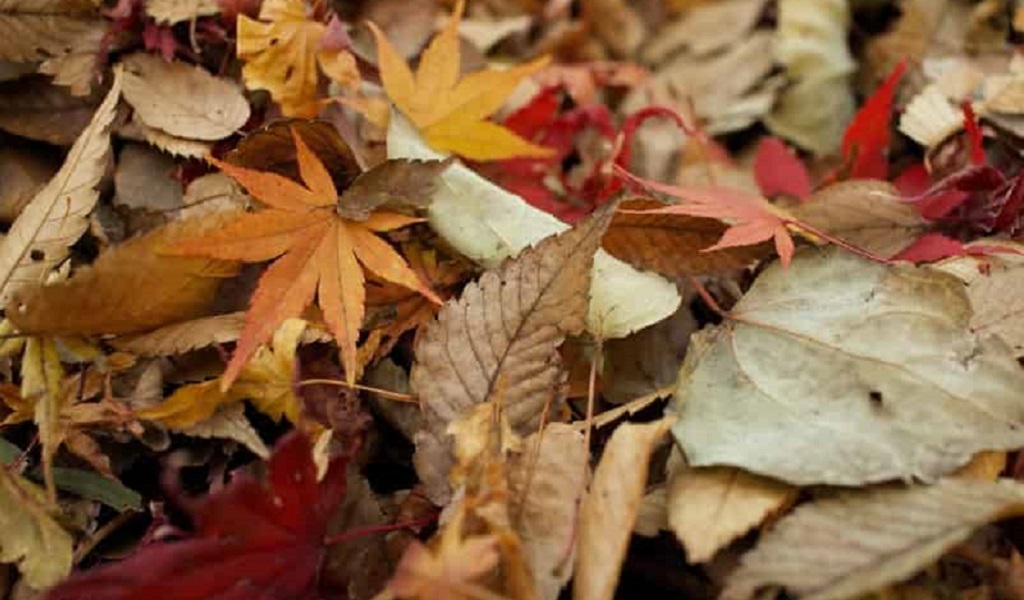
Leaf litter
Many people are interested in using leaf litter to improve their aquariums. Often a person will buy aquatic plants and notice that they become covered in a fungus shortly after. When these people Google solutions to control or prevent fungal growth, they will read that leaf litter is a good way to stop fungal growth because of its antifungal properties.
It may not be the first thing that comes to mind when you’re adding antifungals to your list of aquarium water parameters, but it certainly should be. In short – leaf litter is one of the best things you can put in your aquarium to help prevent the growth of fungus and potentially save your fish from harmful infections that cause disease.
How should you add leaf litter to the aquarium?
Simply scoop it up outdoors, either from your backyard or local parks and creeks. Dry out any excess moisture (it’s good for aquariums to be slightly on the dry side), then add a layer about an inch thick. You can layer different types—deciduous, coniferous, anything goes – for a more interesting aesthetic.
Note: Keep pets and small children away from leaf litter during collection and use; you wouldn’t want them eating something they shouldn’t.
Conclusion
Leaf litter is an excellent addition to your aquarium, whether you have fish or plants. There are several reasons why it’s such a great choice, but the most important factor has to do with its pH level, which makes it very safe for fish and plants alike. The next time you decide to re-arrange your aquarium or just add some new decorations, consider adding leaf litter to it as well; you won’t regret it.

